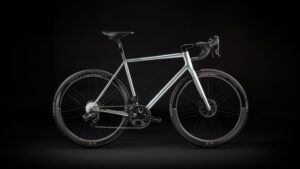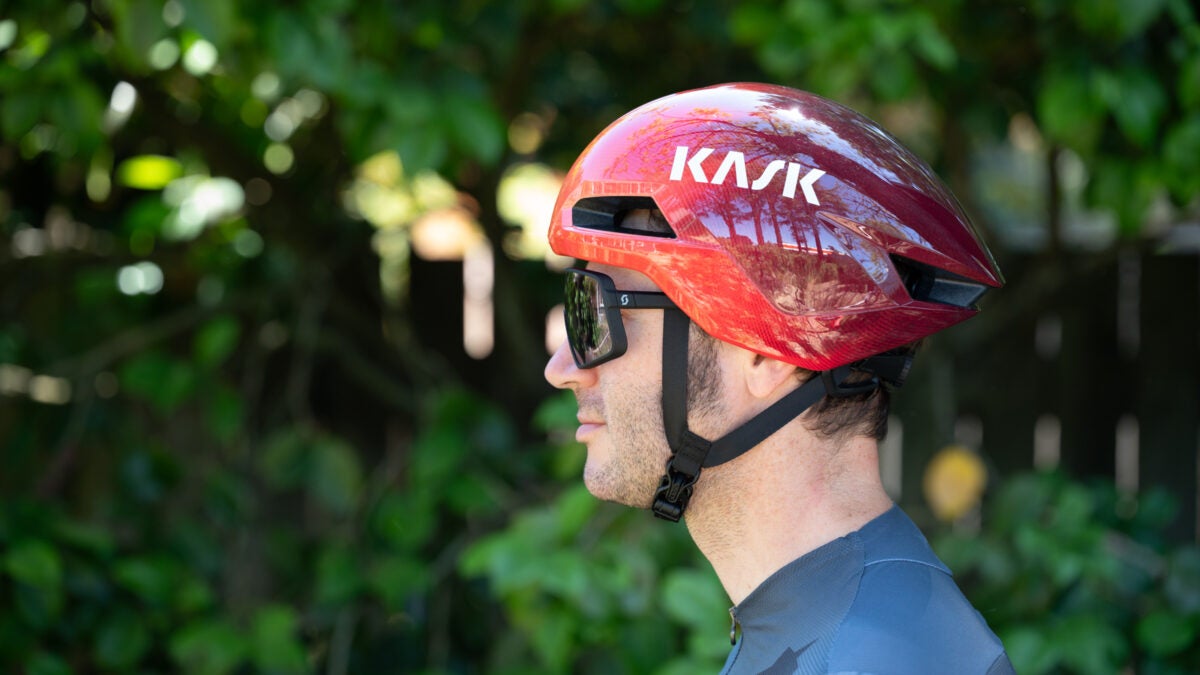
The New Kask Nirvana Aero Helmet Has Ear Covers For Speed
“], “filter”: { “nextExceptions”: “img, blockquote, div”, “nextContainsExceptions”: “img, blockquote, a.btn, a.o-button”} }”>
Don’t miss a moment of the 2024 Tour de France! Get recaps, insights, and exclusive takes with Velo’s daily newsletter.
>”,”name”:”in-content-cta”,”type”:”link”}}”>Sign up today!.
Today Kask is announcing the Kask Nirvana. Strictly for those looking to chase the last of diminishing returns, it’s a helmet that’s not going to be for everyone. The design is simultaneously more extreme and less than what’s already on the market.
Like all cycling related aero innovations, we are starting to see a slow down in gains available to aero helmet designers. The low hanging fruit is gone, if you want to make a faster helmet in 2024, you are going to have to get radical. The Kask Nirvana is radical but is it radical enough to move the needle?
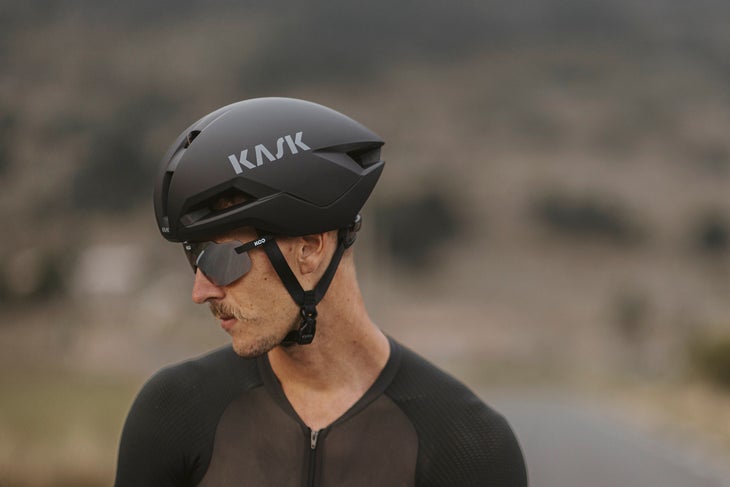
Your ears are slow
When you look at the Kask Nirvana, much of what you see is that of the previous fastest Kask aero helmet, the Kask Utopia Y. Essentially what’s happening is that while the Kask Elemento offered better ventilation that the Utopia Y, the dedicated aero helmet was already very fast. To make further gains, Kask started by identifying possible improvements with “CFD (computational fluid dynamics) simulations which measured aerodynamic performance, ventilation and thermoregulation.”
The changes start with a reduction in vent holes. While the Utopia Y has a series of three intake vents near the rear of the helmet, the Nirvana does away with that design. The front intakes are similar but the new helmet smooths out the center section then reduces the exhaust vents as well. The new lengthened shape adds a sharper point to the rear and reduces the exhaust vents to a single strip of three small vents.
Although at first glance it would appear that these changes reduce the ventilation, Kask states otherwise. According to the brand, the slightly heavier Nirvana simultaneously improves aerodynamics with “a 35% reduction in aerodynamic drag” while creating a “19% increase in ventilation compared to the best aero helmets in its class.” Part of that ventilation increase comes from the venturi effect, and reduced pressure inside the helmet. To improve aerodynamics that much though, that required another trick.
The biggest contributor to the improved aerodynamics of the Kask Nirvana is the ear covers. These aren’t full ear covers like a TT helmet or the POC Proceen Air but rather an extension of the side of the helmet to extend over the rear portion of your sunglasses as well as the top of your ears.
Kask says that yes, this may be uncomfortable for some riders but that the human ear creates turbulent air. Turbulent air is air that comes away from the side of the head and the helmet. By adding the ear covers, Kask is able to smooth that section of turbulent air and better keep it attached to the helmet. An integrated visor would further enhance that effect but for now Kask is choosing to stop at optimization for the brand’s Koo sunglasses.
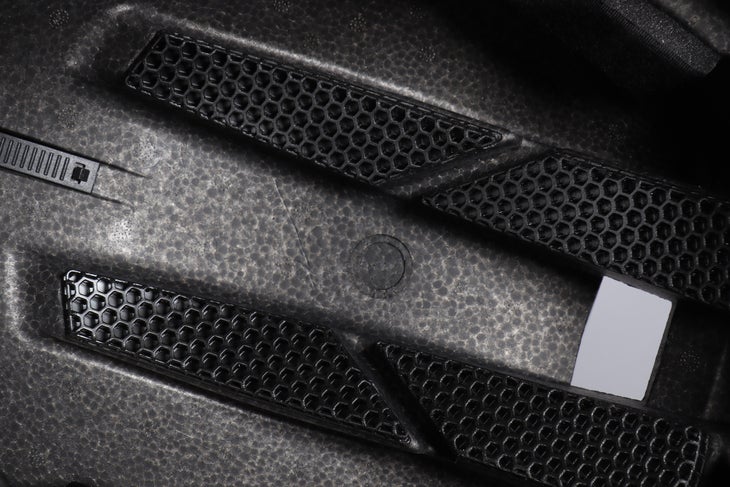
3D printed padding
While the exterior of the new Kask Nirvana appears similar to the previous Utopia Y, the rest of the construction is similar as well. Part of that is the same Octofit strap system. There is vertical adjustment via a ratcheting adjuster in the underside of the helmet as well as a large dial to tighten the rear cradle. There continues to be no front and rear adjustment of the neck strap however the faux leather that disappeared on the Elemento is back and the rear cradle is still a good choice for anyone with a ponytail. Kask notes that the Nirvana also “incorporates a sunglasses port at the front and a reflective graphic at the back.”
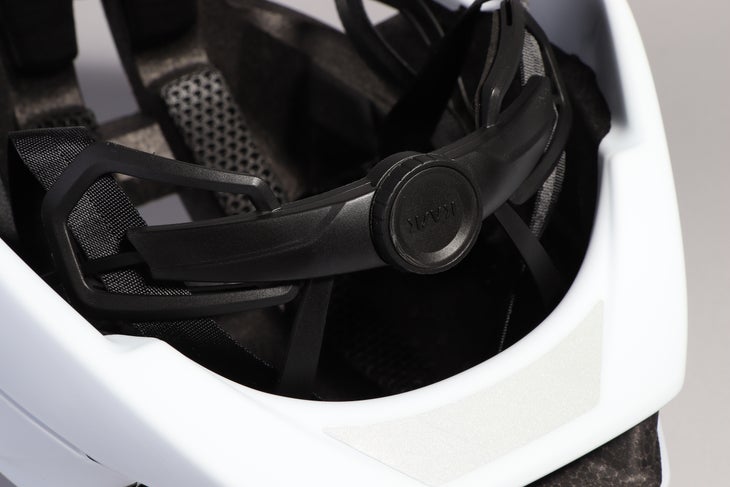
Although the Nirvana is conceptually closest to the Utopia Y, it’s the Elemento that lends technology to the interior of the new helmet. The Elemento marked the first time that Kask moved beyond the brand’s “KASK Rotational Impact WG11 Test” and submitted a helmet for testing by Virginia Tech. Part of that change was a new technology called the “Multipod.”
Multipod technology refers to a series of 3D printed pads on the inside of the helmet. These pads aid ventilation with an open structure but they also add rotational impact protection in the event of a crash. This is similar to Koroyd or Wavecell and allows the helmet to rotate separately from the head while also compressing.
What also hasn’t changed is that the 3D printed pads continue to come along with conventional padding. Actually, it is conventional only in that it’s not 3D printed but it is still unusual. Rather than the typical foam and synthetic fabric arrangement the Elemento, and Nirvana, use foam backing with a merino wool facing layer. This design was widely disliked, including in our own Kask Elemento Helmet Review, for its tendency to saturate and drip sweat onto the user’s face.
We’ll have to see if this continues to be an issue with the Nirvana but Kask thinks it may be less of a problem. The brand jokingly stated that you’ll be moving so fast the sweat won’t fall forward. More seriously though, the Nirvana has different ventilation and wear testing apparently showed improvement.
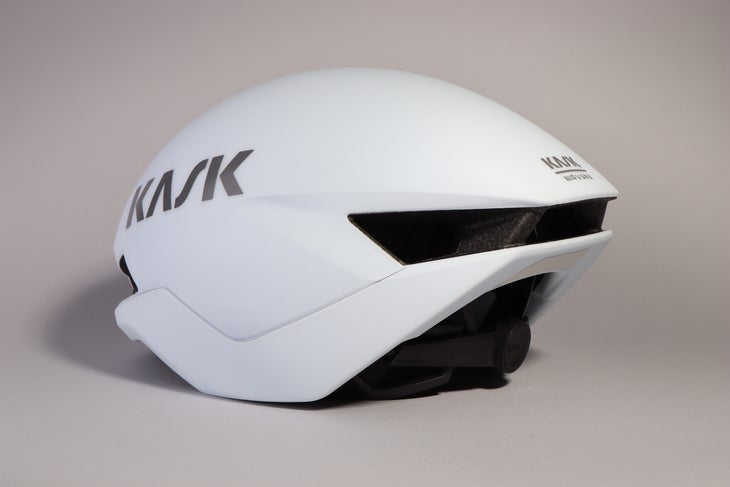
Pricing and availability
The Kask Nirvana is available worldwide starting today. Color choices are “traditional Black Matt and White Matt, as well as in Cherry Burst, Blueberry Fade and Ultraviolet – three brand-new colourways which feature graduated shading.”
Available sizes are M and L with a medium quoted at a weight of 290 grams for the US version. Retail pricing matches that of the range topping Elemento at EUR 360, GBP 320, USD 400, and AUD 570.
Visit Kask.com for purchase and more information.



